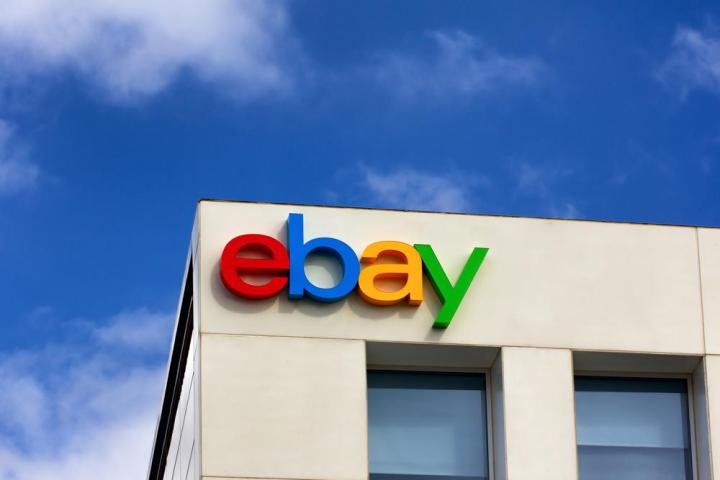
The ecommerce giant is planning to ditch PayPal as its primary payments processor and replace it with Adyen, an outfit you may not have heard of but which already has big-name clients that include Netflix, Uber, and Spotify.
The online resale giant said it will make the move in 2020 when the current deal with PayPal expires. PayPal will remain a payment option for eBay shoppers, but will no longer be featured prominently.
Netherlands-based Adyen is a global online payments firm that was founded in 2006. It provides back-end payment services that include point-of-sales systems and credit card processing. The partnership with eBay means shoppers will stay within the eBay website when they go to pay, instead of being taken to an external service to complete a transaction.
In other words, for buyers the change will result in a more integrated user experience, with the shopping site itself taking care of the entire checkout process, “delivering a more streamlined experience for consumers,” eBay said. With PayPal staying on eBay (at least for now), the addition of a new system also means more payment options.
Sellers will also see some benefits, as eBay promises “most” sellers will see a reduction in costs related to payments processing, and also benefit from “a simplified pricing structure and more predictable access to their funds.”
Ultimately, the change has the potential to result in more sales, eBay says, as the new system will expand payment options into more markets and also offer buyers more choice in how they pay, thereby improving the shopping experience.
The new payment system will be introduced gradually, beginning on a small scale in North America in the second half of 2018, with full integration expected to be completed by 2021. eBay has signed a deal with PayPal to keep it as a payment option on its marketplace until at least 2023.
“In a rapidly changing and competitive ecommerce landscape, shoppers expect to be able to both shop and checkout on the site on which they transact,” eBay said in a blog post. “Building out eBay’s payments capabilities is the next step in the company’s strategy, with the goal of driving significant benefits and efficiencies for its buyers and sellers globally.”
PayPal was acquired by eBay in 2002 for $1.5 billion, and eBay spun off the online payments company in 2015.
According to Adyen‘s own data, its business is growing fast, as it processed $50 billion worth of transactions in 2015, up from $14 billion in 2013. To what extent eBay’s move will affect PayPal’s business isn’t yet clear.


